The potential difference across the terminals of a cell is 1.5 volt.It is connected with a resistance of 30ohms. Calculate the current flowing through the circuit.
Current I=PotentialdifferenceVResistanceR=1.5V30Ω=0.05A
Topper's Solved these Questions
- ELECTRICITY BOOK - U-LIKE SERIESCHAPTER - ELECTRICITY EXERCISE - SHORT ANSWER QUESTION
44 Videos
- ELECTRICITY BOOK - U-LIKE SERIESCHAPTER - ELECTRICITY EXERCISE - LONG ANSWER QUESTION
18 Videos
- ELECTRICITY BOOK - U-LIKE SERIESCHAPTER - ELECTRICITY EXERCISE - ASSERTION-REASON QUESTONS
8 Videos
- CBSE SAMPLE QUESTION PAPER 2019 - 20 (SOLVED)BOOK - U-LIKE SERIESCHAPTER - CBSE SAMPLE QUESTION PAPER 2019 - 20 (SOLVED)EXERCISE - SECTION A
10 Videos
- LIGHT - REFLECTION AND REFRACTION BOOK - U-LIKE SERIESCHAPTER - LIGHT - REFLECTION AND REFRACTION EXERCISE - LONG ANSWER QUESTIONS
14 Videos
Similar Questions
Two cells connected in series have electromotive force of 1.5 V each. Their internal resistances are 0.5Ω and 0.25Ω respectively. This combination is connected to a resistance of 2.25Ω. Calculate the current flowing in the circuit and the potential differnce across the terminals of each cell.
View Solution(a) Find the potential difference between A and B
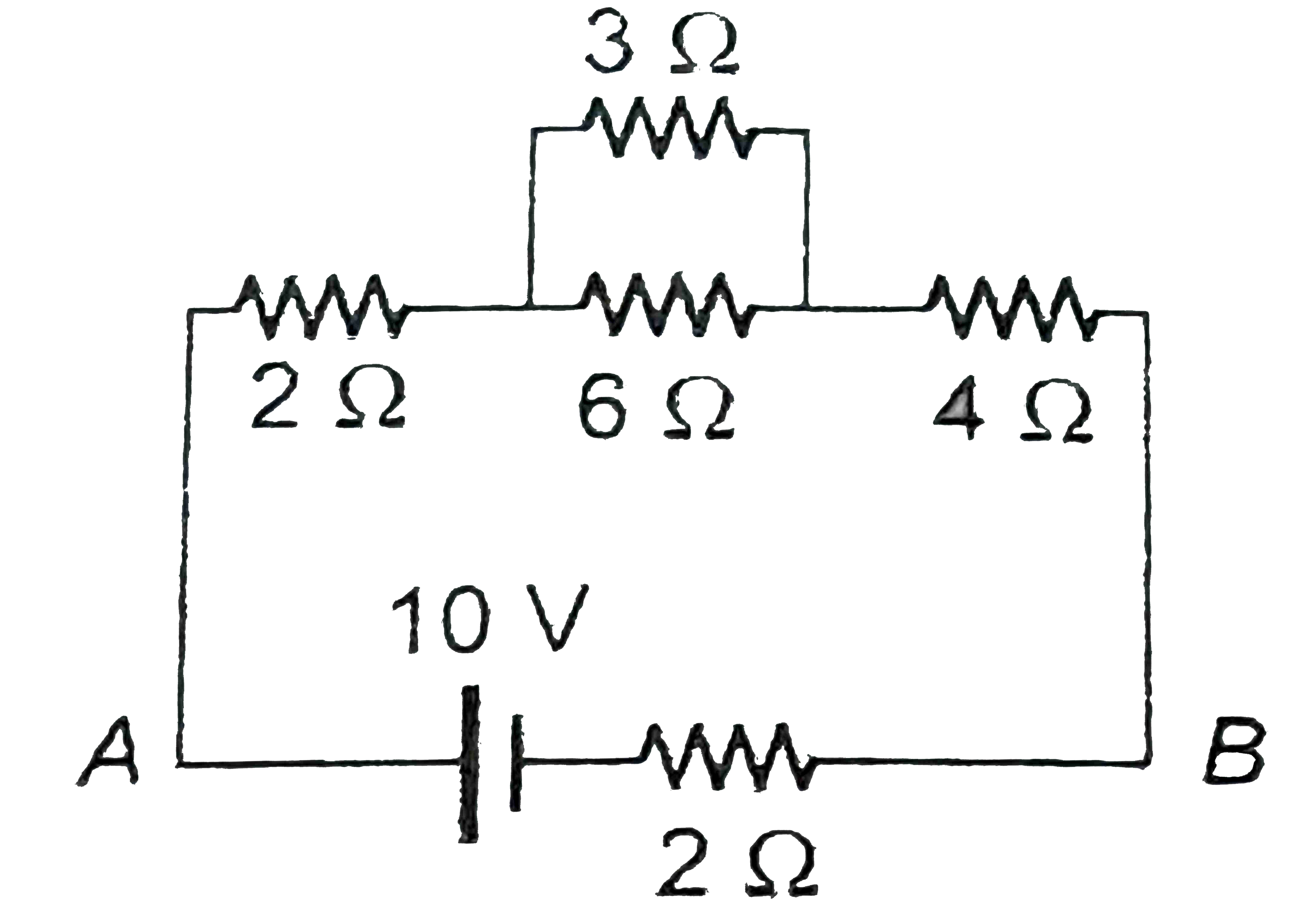
(b) Calculate the current flowing in the circuit and the potential difference across terminals of each cell.
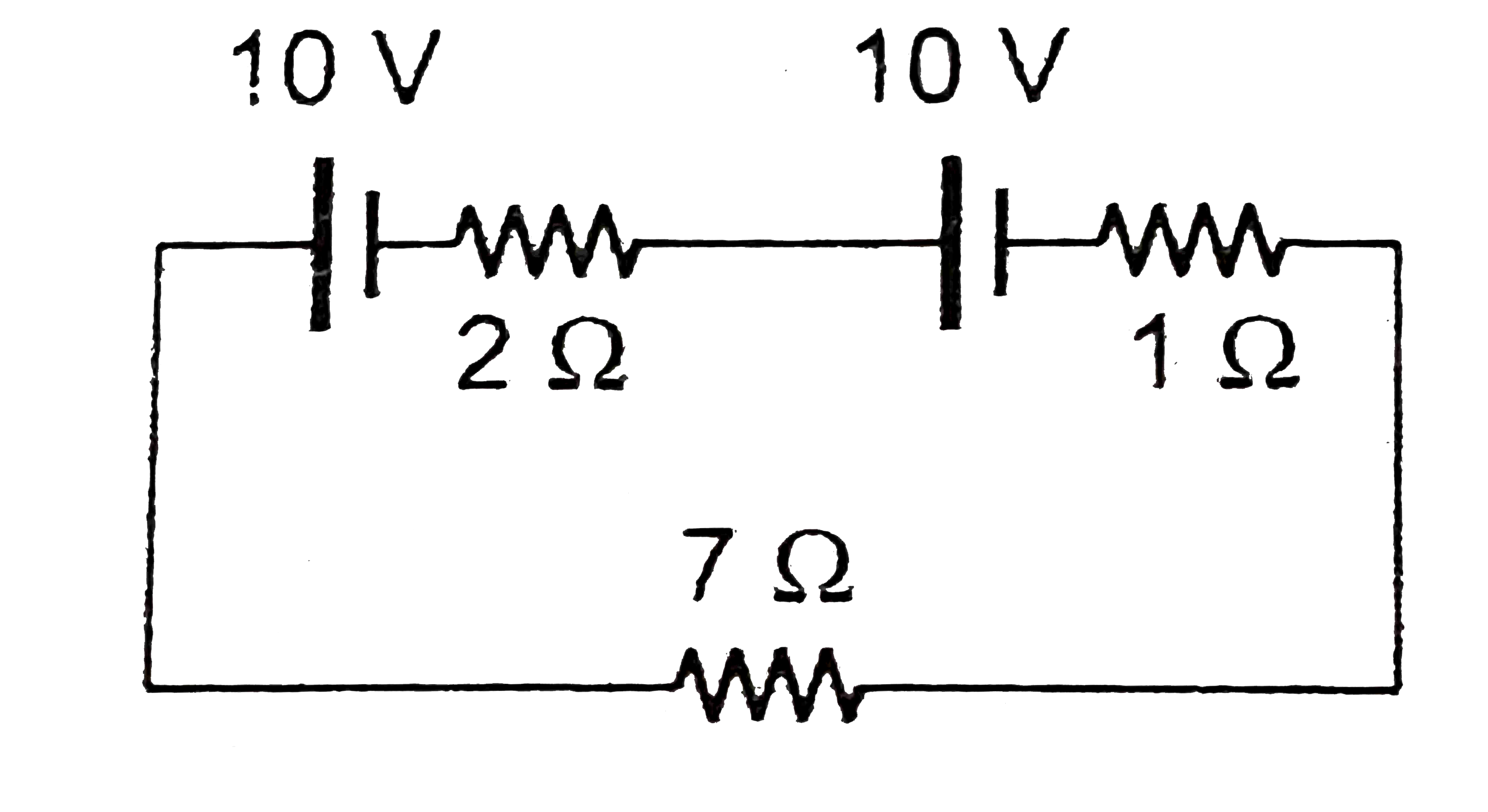
( c) Calculate the potential difference across terminals of each cell.
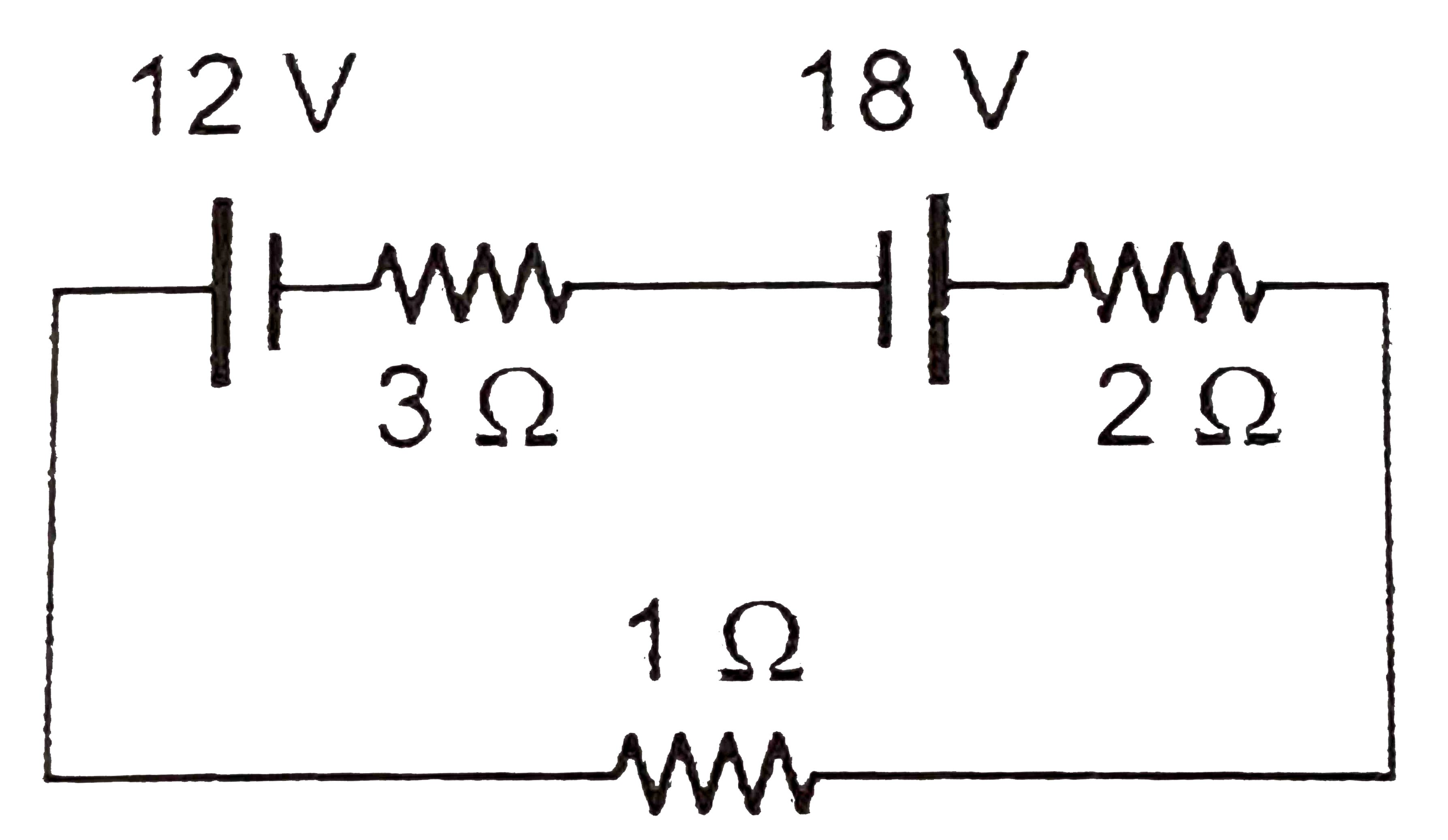
(d) Calculate the potential difference between A and B
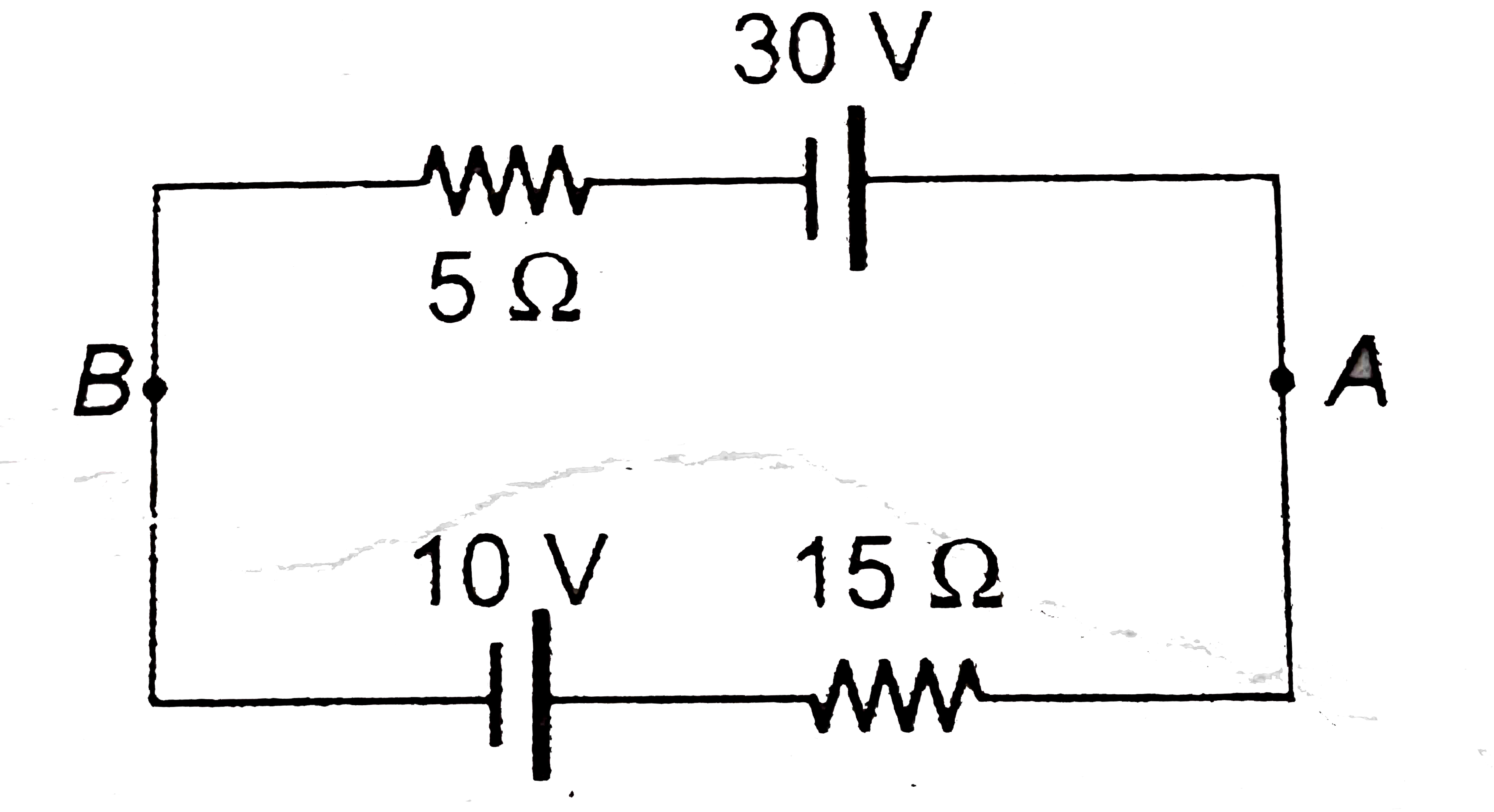
( e) Calculate the current in each resistor and terminal potential difference across each cell.

(f) Calculate potential difference across each cell.
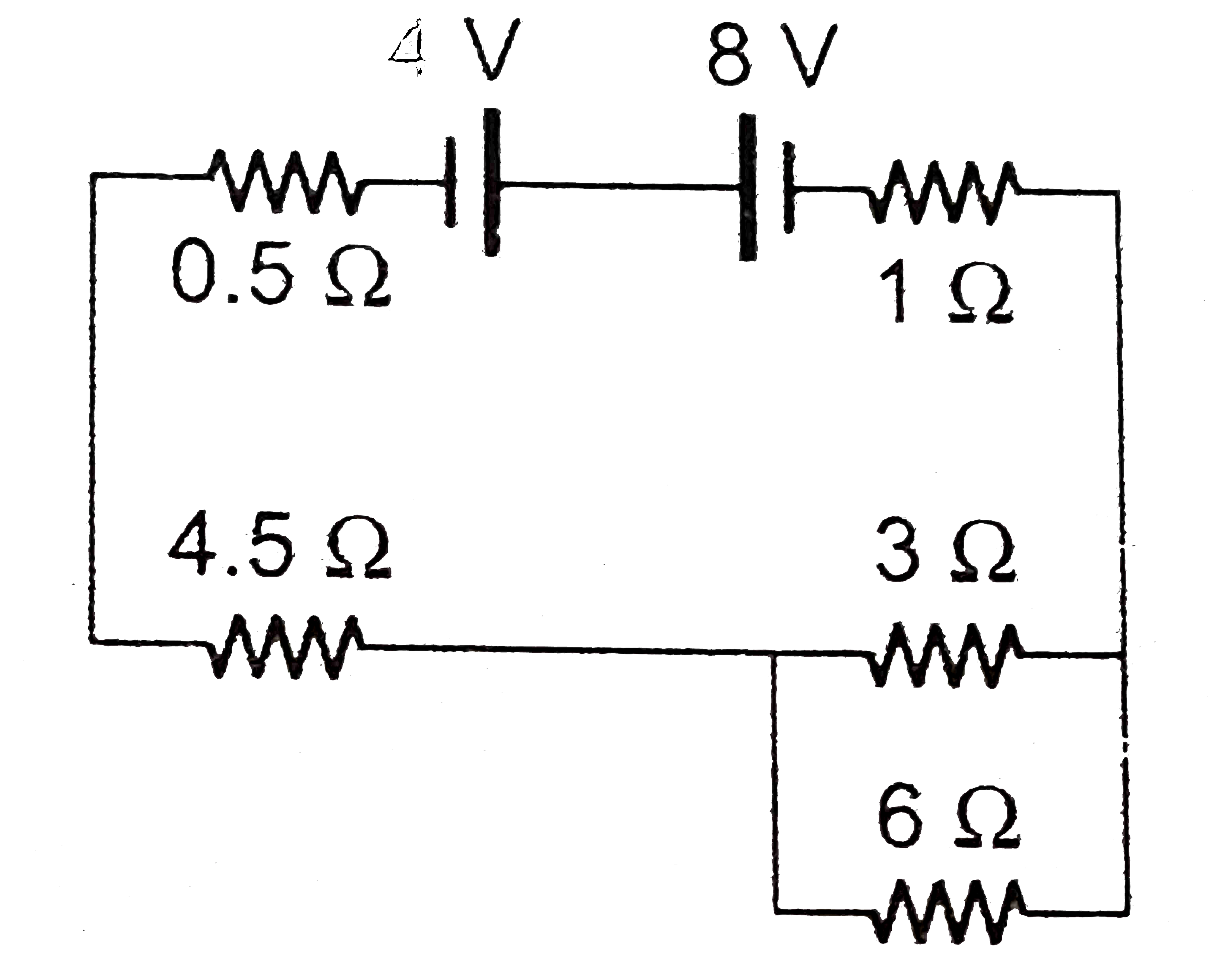
(g) A battery of 6 cells each of emf 2V and internal resistance 0.5Ω is being changed by DC mains of emf 220V by using an external resistance of 10Ω. Calculate.
(i) the charging current
(ii) the potential difference across the battery.
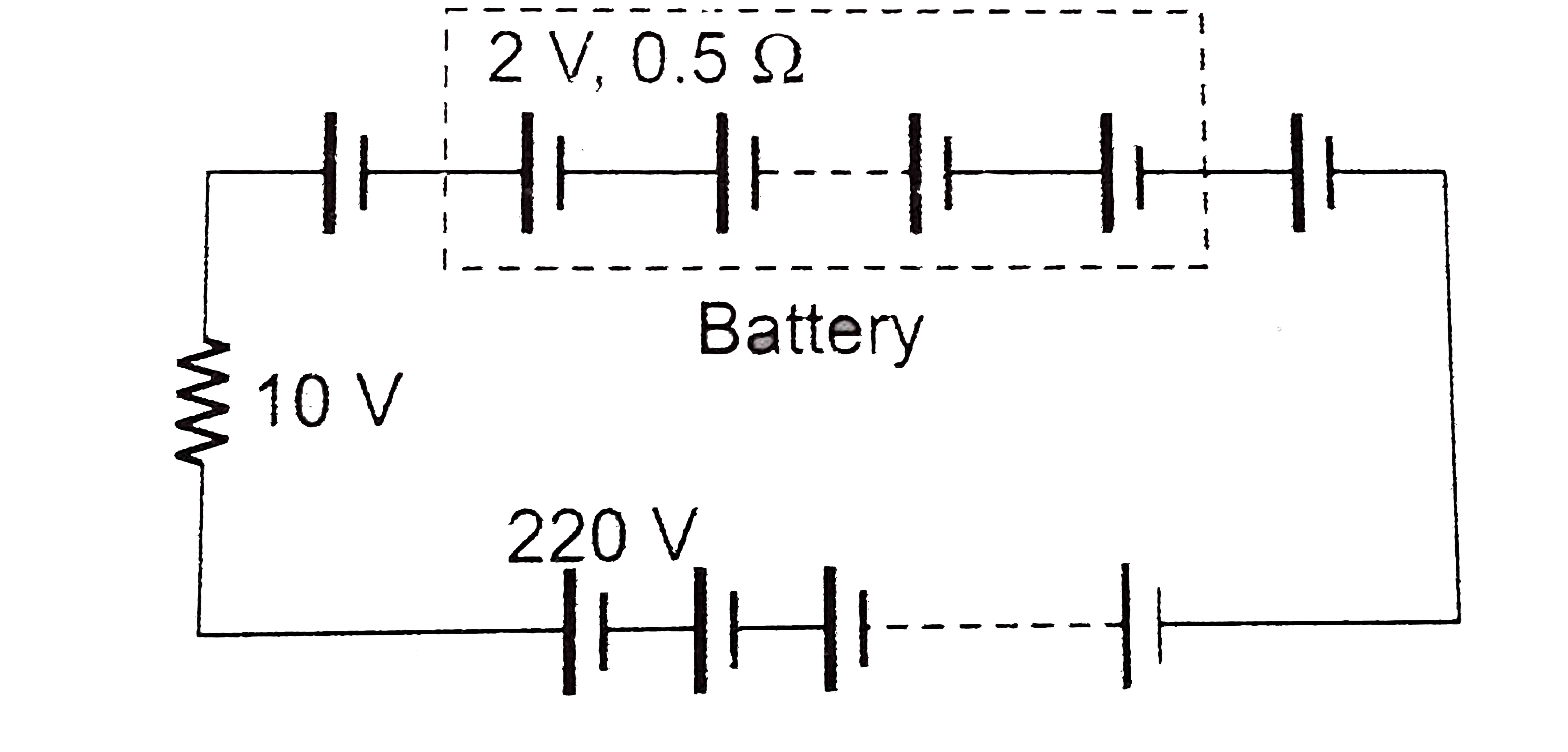 .
.
View Solution
Knowledge Check
The potential difference betwee11 the terminals of a cell in an open circuit is 2.2 V. When a resistor of 5Ω is connected across the terminals of the cell, the potential difference between the terminals of the cell is found to be 1.8 V. The internal resistance of the cell is
A712ΩB109ΩC910ΩD127ΩA bulb is connected to a cell and the potential differ-ence across the terminals of the bulb is 24 V. If 3 A of current flows through the bulb, then the resitance of its filament is _____ω.
A8B72C24D3Resistors of 1, 2, 3 ohm are connected in the form of a triangle. If a 1.5 volt cell of negligible internal resistance is connected across 3 ohm resistor, the current flowing through this resistance will be
A0.25 ampB0.5 ampC1.0 ampD1.5 amp
Three identical cells, each of emf 2V and internal resistance 0.2 ohm, are connected in series to an external resistor of 7.4 ohm. Calculate the current in the circuit and the terminal potential difference across an equivalent.
View SolutionPotential differences across the terminals of a cell were measured (in volt) against different currents (in ampere) flowing through the cell. A graph was drawn which was a straight line ABC as shown in figure
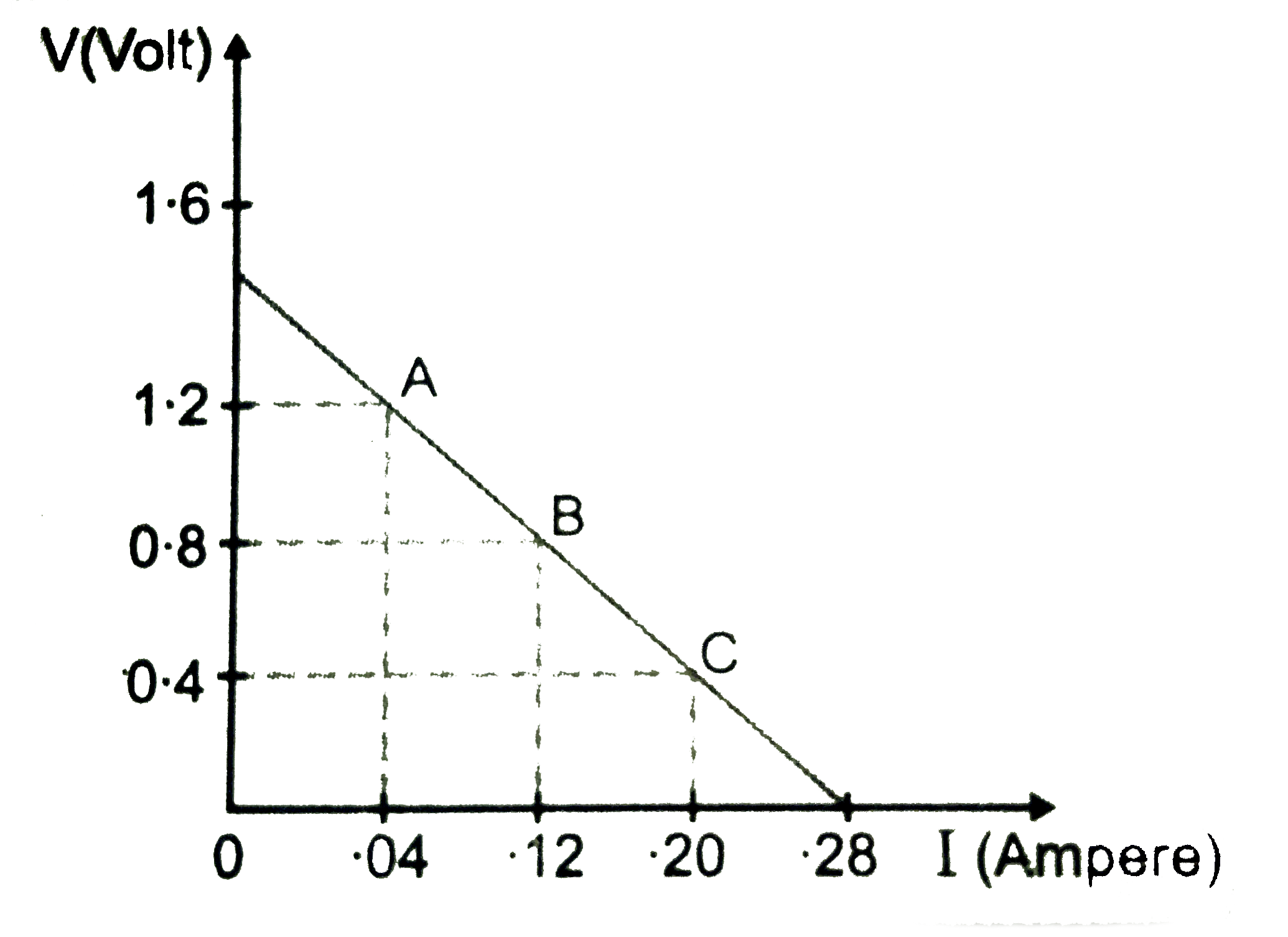
Determine from graph (i) emf of the cell (ii) maximum current obtained from the cell and (iii) internal resistance of the cell.
View SolutionIf the potential difference across the ends of a conductor is i volt and the current flowing through the conductor is 1 ampere,the resistance of the conductor?
View SolutionA battery is designed by connecting four cells, each of emf 1.5 V and resistance 2.0 ohm in parallel. If this battery is now connected to an resistance of 2.5 ohm, find
the current flowing in the external circuit
View SolutionA potential difference of 20 volts is applied across the ends of a resistance of 5 ohms. What current will flow in the resistance?
View Solution
